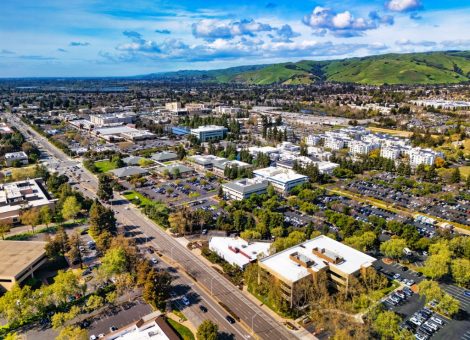The value of refreshing your forecasting model

No retail market stands still for long. Changes in consumer behavior, competitive landscape, and macro factors mean that retailers must adapt to market dynamics to ensure their decisions remain aligned to demand.
A critical component of that decision making is a robust sales forecasting model.
Each of the factors above contributes to a given location’s potential demand. A retailer that fails to update its forecasting model to ensure data inputs reflect contemporary market conditions is more likely to overlook threats and miss opportunities.
Changing customer preferences
Customer behavior evolves for many reasons. Lifestyle shifts, new technology, and movements in sale channel preferences all impact the potential performance of locations over time. If your forecasting model doesn’t utilize your most contemporary customer data, you risk relying on outdated insights that don’t capture true demand potential.
Refreshing the model helps your strategy stay aligned with your customers so you’re getting the most accurate picture of locations’ sales potential and how you should optimize e-commerce and brick and mortar channels to grow profitability.
New and different competitors
New competitors can disrupt the market by shifting customer loyalty, altering price points, or raising service expectations. As part of a model refresh, a good analytics provider will explore the impact of changing competitors on location performance – both positive and negative.
If competitive intensity changes significantly and your forecasting model is not updated, you create potential for blind spots leading to suboptimal site selection decisions and the loss of market share.
Similarly, a competitor exiting the market can create opportunities – and competitors refreshing their own offers can impact the accuracy of your model if they target a similar customer profile or adopt a different location strategy.
Whatever the competitor activity, a model refresh mitigates the risk of bad decisions.
Macro factors
Economic variables like inflation, unemployment, and interest rates play a pivotal role in customer spending. Ignoring macro-economic shifts leads to forecasts that don’t reflect current realities, potentially causing over- or under-investment in the real estate portfolio. Regular model updates ensure that you’re factoring in economic changes and their impact on your customers’ preferences.
Many retailers have refreshed their forecasting model after the pandemic. With so much uncertainty, adjusting a model during the height of Covid would have been of little value. As consumer behaviors has settled into the ‘new normal’, understanding how shifting preferences have impacted location potential requires an updated model for most concepts.
In a fluid retail environment, refreshing your sales forecasting model is key to making smarter, data-driven decisions. Whether adapting to new competitors, evolving customer preferences, or macroeconomic shifts, an updated model keeps your business agile and your strategy relevant.
Read more articles about:
Location intelligenceSubscribe and get the latest updates
You may unsubscribe from our mailing list at any time. To understand how and why we process your data, please see our Privacy & Cookies Policy
Related posts
Location intelligence
The Kalibrate news round-up: November 2025
In this monthly feature, we look across the industry and mainstream news to uncover stories of note that we think are...

Location intelligence
A guide to data centralization in retail real estate
Data centralization gives retail real estate teams a single, reliable source of truth, improving site decisions,...


